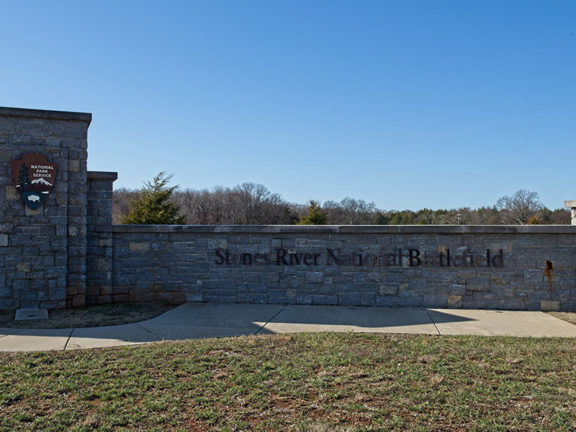Area Guide
Music
Murfreesboro hosts several music-oriented events annually, such as the Main Street Jazzfest presented by MTSU’s School of Music and the Main Street Association each May. For over 30 years, Uncle Dave Macon Days has celebrated the musical tradition of Uncle Dave Macon. This annual July event includes national competitions for old-time music and dancing.
Murfreesboro also hosts an annual DIY not-for-profit music festival called Boro Fondo, which is also a bike tour and local artist feature.
Arts
The Murfreesboro Center for the Arts, close to the Square, entertains with a variety of exhibits, theatre arts, concerts, dances, and magic shows. Murfreesboro Little Theatre has provided the community with popular and alternative forms of theatre arts since 1962.
Murfreesboro’s International FolkFest began in 1982 and is held annually during the second week in June. Groups from countries spanning the globe participate in the festival, performing traditional songs and dances while attired in regional apparel.
Museums
The Discovery Center at Murfree Spring is a nature center and interactive museum focusing on children and families. The facility includes 20 acres of wetlands with a variety of animals.
Bradley Academy Museum contains collectibles and exhibits of the first school in Rutherford County. This school was later renovated to become the only African American school in Murfreesboro, which closed in 1955.
The Stones River National Battlefield is a national park which memorializes the Battle of Stones River, which took place during the American Civil War during December 31, 1862, to January 3, 1863. The grounds include a museum, a national cemetery, monuments, and the remains of a large earthen fortification called Fortress Rosecrans.
Oaklands Historic House Museum is a 19th-century mansion which became involved in the Civil War. It was occupied as a residence until the 1950s, after which it was purchased by the City of Murfreesboro and renovated into a museum by the Oaklands Association.
Earth Experience: The Middle Tennessee Museum of Natural History is the only natural history museum in Middle Tennessee. The museum opened in September 2014 and features more than 2,000 items on display, including a complete replica Tyrannosaurus rex skeleton.
Shopping
There are two main malls located within the city limits. Stones River Mall is a traditional enclosed mall, featuring stores and restaurants.
The Avenue Murfreesboro is an outdoor lifestyle center.
The Historic Downtown Murfreesboro district also offers a wide variety of shopping and dining experiences that encircle the pre-Civil War Courthouse.
Points of interest
Parks and Recreation
Cannonsburgh Village is a reproduction of what a working pioneer village would have looked like from the period of the 1830s to the 1930s. Visitors can view the grist mill, school house, doctor’s office, Leeman House, Caboose, Wedding Chapel, and other points of interest. It is also home to the World’s Largest Cedar Bucket.
Old Fort Park is a 50-acre park which includes baseball fields, tennis courts, children’s playground, an 18-hole championship golf course, picnic shelters and bike trail.
Barfield Crescent Park is a 430-acre (1,700,000 m2) facility with eight baseball fields, 7 miles (11 km) of biking/running trails, an 18-hole championship disc golf course, and ten picnic shelters.
Murfreesboro Greenway System is a system of greenways with 12 miles (19 km) of paved paths and 11 trail heads. In 2013, the city council approved a controversial 25-year “master plan” to extend the system by adding 173 miles worth of new greenways, bikeways and blueways at an estimated cost of $104.8 million.

